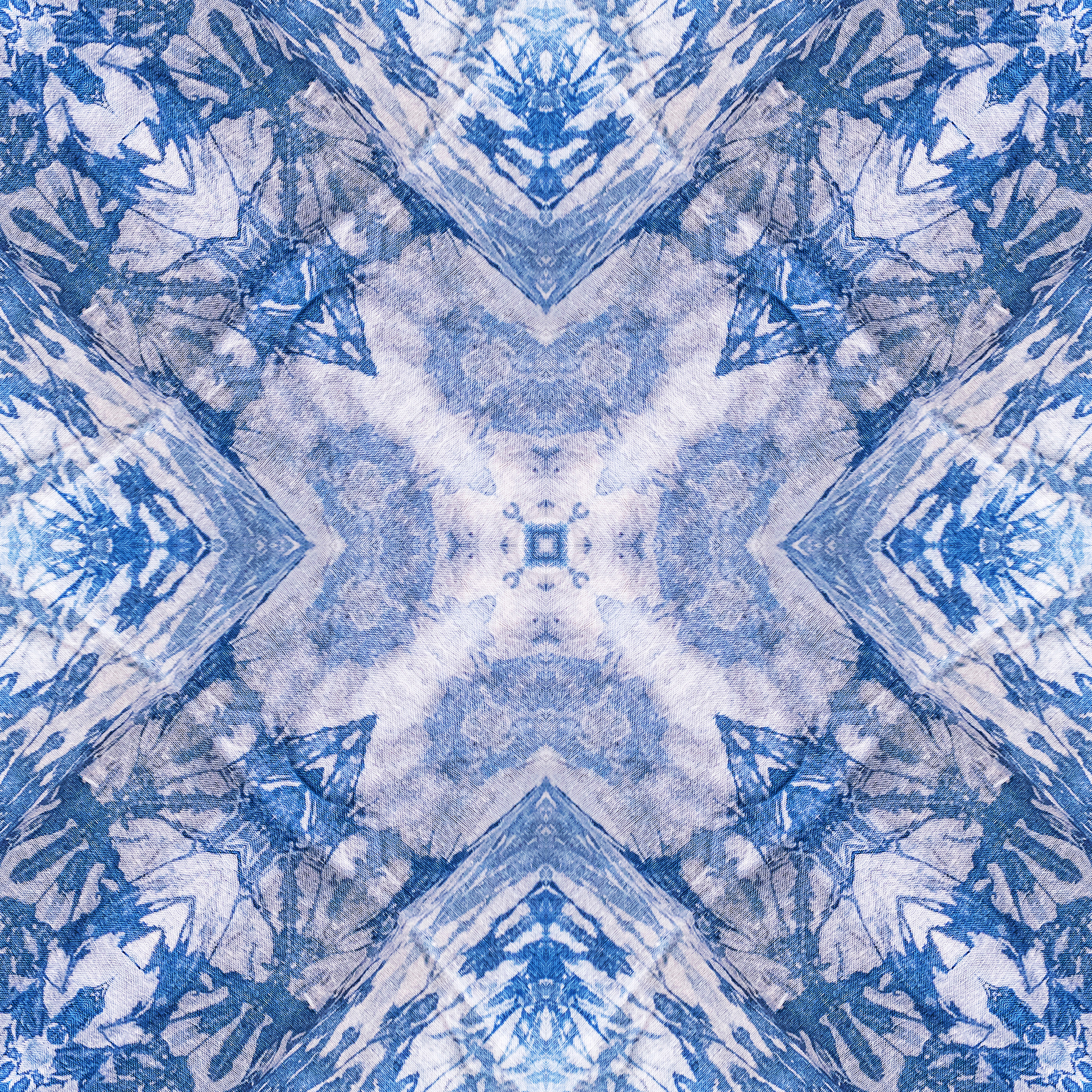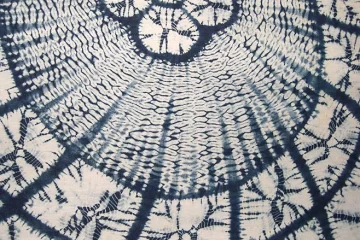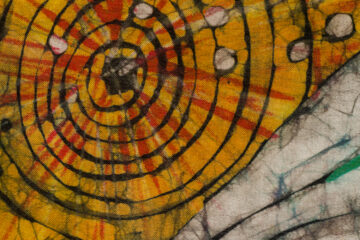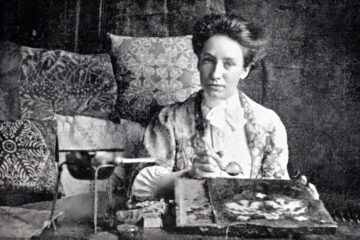Introduction to Batik Painting: Techniques, History, and Essential Tools
What is Batik?
Definition of Batik
Batik is a traditional textile art form that uses wax-resist dyeing techniques on fabric. The word “Batik” originates from the Javanese word “tik,” meaning “to dot.” This ancient art form is known for its intricate patterns and vibrant colors, achieved by applying wax to fabric to create designs before dyeing.
History of Batik
The history of Batik dates back over a thousand years, with its roots in Indonesia. It has since spread to various parts of the world, including Africa and Asia, becoming an integral part of cultural heritage in these regions. The process involves a series of waxing, dyeing, and boiling to remove the wax, resulting in stunning, complex patterns.
Cultural Significance of Batik
Batik holds deep cultural significance in many societies. In Indonesia, it is not just an art form but a part of daily life and traditional ceremonies. Each Batik pattern has its own meaning and is often used to symbolize status, marriage, and other cultural rites.
Different Types of Batik Techniques
Traditional Methods
- Hand-Drawn Batik (Batik Tulis):
- This is the most traditional form, where artists draw patterns on the fabric using a canting, a pen-like tool filled with hot wax.
- It’s a labor-intensive process that results in unique, high-quality pieces.
- Stamp Batik (Batik Cap):
- This method uses copper stamps dipped in wax to create patterns on the fabric.
- It is faster than hand-drawn batik and is often used for mass production.
Modern Adaptations
- Batik Painting:
- Combines traditional Batik techniques with modern painting methods.
- Artists use brushes to apply wax and dyes, allowing for more detailed and expressive designs.
- Digital Batik:
- Utilizes digital tools and printers to replicate Batik patterns.
- This method makes Batik more accessible and allows for mass production while maintaining the essence of traditional designs.
Materials and Tools Used in Batik
Essential Items for Beginners
- Fabric:
- Natural fabrics like cotton and silk are ideal as they absorb dye well.
- Wax:
- A mix of beeswax and paraffin wax is commonly used to create the resist.
- Canting:
- A traditional tool for applying wax, available in various sizes for different design details.
- Dyes:
- Natural or synthetic dyes to add color to the fabric.
- Frames:
- Used to stretch the fabric, making it easier to work on.
Tools for Professionals
- Stamp (Cap):
- For creating repeated patterns efficiently.
- Electric Wax Melter:
- Keeps wax at the perfect temperature for application.
- Large Dyeing Vats:
- For dyeing large pieces of fabric.
- Boiling Pots:
- Used to remove the wax after dyeing, revealing the design.
Internal Linking:
For readers interested in more detailed tutorials on Batik painting, check out our other posts:



